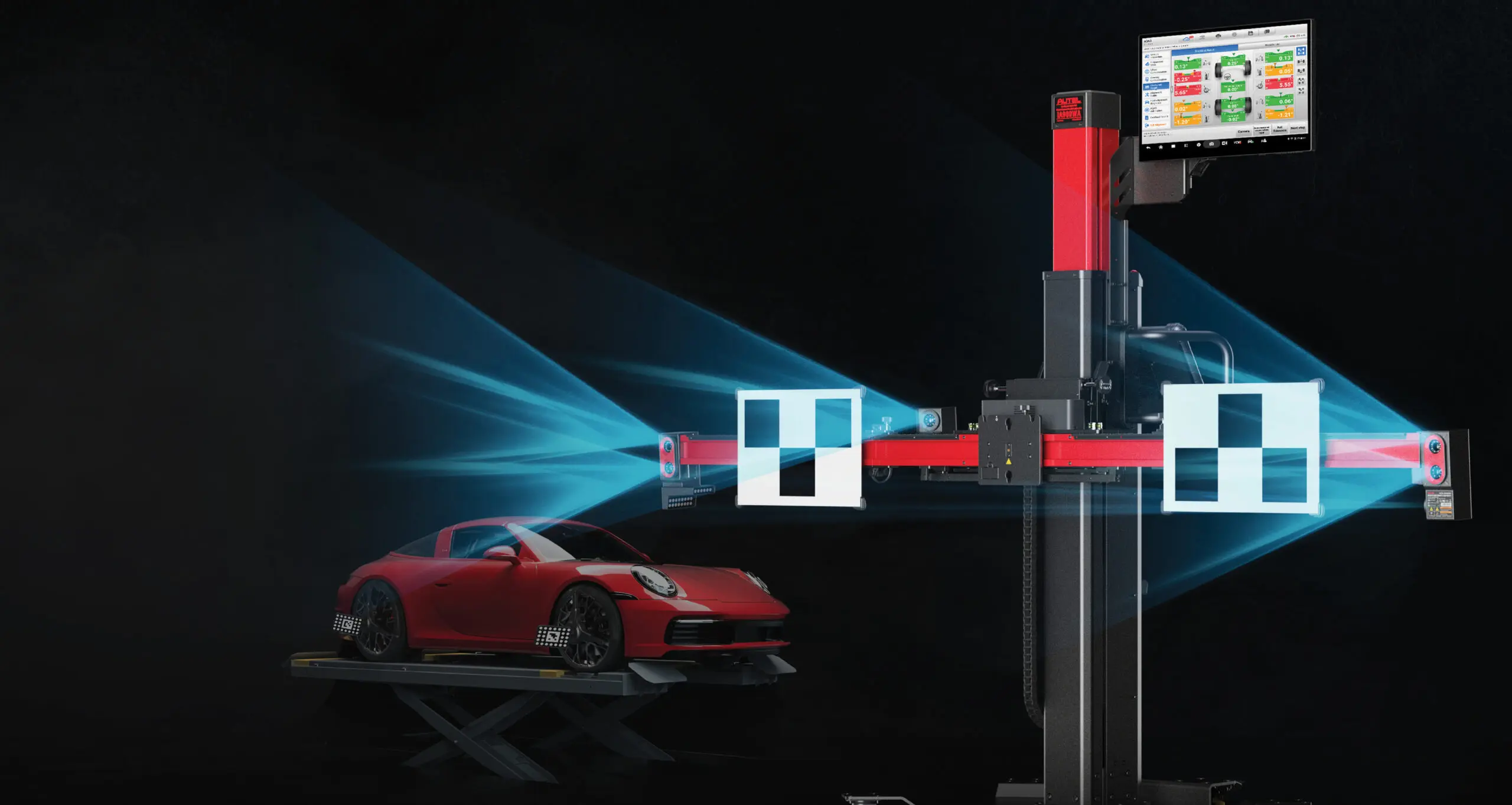The Importance of Adaptive Dampers in Cars
Tags: adaptive dampers, InnovationsInManufacturing, Sports Cars

Adaptive dampers have become an indispensable feature of modern cars, providing an optimal balance between handling and comfort. Here is its significance.
Most cars with adaptive dampers feature a valve-actuated system with an electronically controlled solenoid to restrict or open up hydraulic fluid in shock absorbers to make suspension firmer or softer, as desired. Others utilize magnetorheological fluid containing metallic particles for viscosity control.
Reduced Bounce
While driving on uneven roads, your car’s shock absorbers may cause some bouncing to reduce bumpiness. With modern adaptive dampers installed in your car, this occurrence can be minimised significantly by monitoring road conditions and changing damping firmness accordingly – providing for an overall smoother ride and increased control.
These systems usually offer several driving modes, such as comfort and sport, to tailor damping settings accordingly. Selecting either of them will change damping settings; in the comfort mode, soft dampers provide greater flexibility while sport mode stiffens them up even more.
Adaptive dampers offer another advantage by increasing tyre longevity and decreasing wear-and-tear on other components.
Increased Tyre Life
Modern adaptive dampers make real-time adjustments to their firmness in real-time to optimize handling and stability, provide more comfortable rides, reduce tyre wear and reduce wear on tires.
Standard shock absorbers only respond to suspension movements at certain levels, creating an imbalance between handling and comfort. With adaptive suspension systems like these systems enabling drivers to select different driving modes such as Comfort, Sport or Sport Plus to alter damper behaviour accordingly.
These systems operate using sensors and an electronic control unit (ECU). Sensors are strategically positioned throughout a car’s body and suspension to monitor its movements; then data collected is sent back to an ECU which then calculates an appropriate damper force setting and distributes it accordingly to each damper. Dampers provide electrical current to actuators through dampers in order to achieve this aim. Magnetorheological (Magnetic Ride) dampers are popular adaptive dampers used by numerous car manufacturers. Monotube designs filled with synthetic oil containing magnetic iron particles are called electromagnetic oil dampers. Once voltage is applied to one or more coils built into dampers, they align and switch the direction of oil flow accordingly.
Better Handling and Stability
Adaptive dampers can assist drivers in maintaining better control when driving at high speeds, by reducing body roll around corners and helping the car stay flat against the road.
Adaptive dampers operate differently for each type, but generally involve electronically controlling suspension. This may occur via electronically-controlled valves in damper pistons allowing them to open or close according to need or by employing electromagnets to change metallic particles within a monotube filled with magnetorheological fluid.
With many cars equipped with adaptive suspension, drivers have the option of choosing from modes such as normal, comfort and sport to suit different driving situations. When selecting one of these modes, dampers adjust accordingly; normal settings softening dampers for smoother driving on poor roads while sporting settings stiffen them for a tauter and more responsive experience.
Comfortable Ride
Adaptive dampers allow drivers to instantly change the damping firmness in real time, increasing stability and handling capabilities while providing a more comfortable ride. First introduced in high-end vehicles, adaptive dampers have now become standard features in most cars.
Suspension dampers function by converting kinetic energy to heat using a piston in a fluid-filled cylinder, thus reducing spring oscillation and dissipating vibrations from uneven road surfaces.
Adaptive dampers utilize electromagnetically controlled valves to adjust the amount of oil that flows through their damper piston. With open valves, more oil may flow from one damper pipe into another to soften chassis feel; when closed they tighten further to give a tauter and more direct drive that’s perfect for driving fast on roads or racetracks. For more information about different types of adaptive dampers in Houston please reach out to an auto repair shop in Houston.








